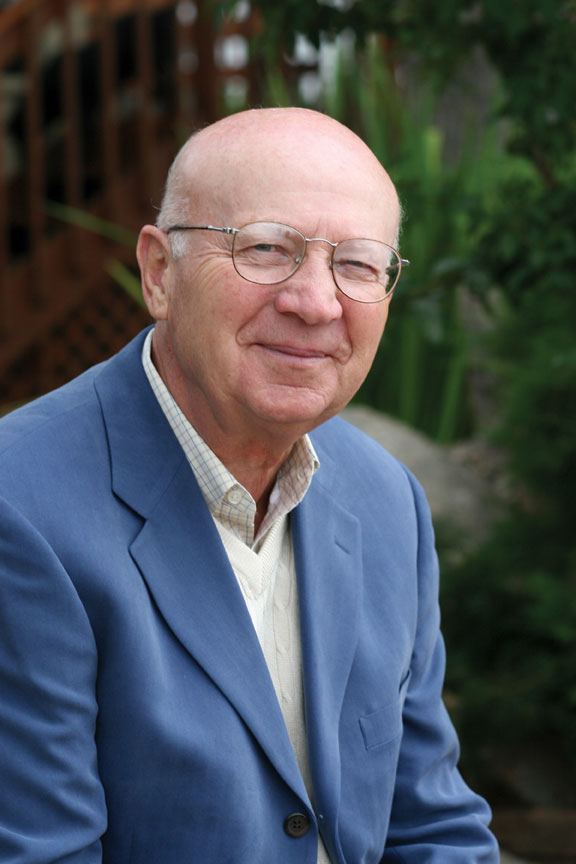 In 1965—after earning his master’s degree in horticulture, leading innovative projects in Tucson, then working as an agronomist for a chemical company in New York—Bob Charles ’59 moved to Boulder, CO with his wife, Judy, to manage the first McDonald’s restaurant in that town. By 1969 he owned that store, and by the early 1990s he was operating 13 McDonald’s franchises, had pioneered the double drive-through concept, co-developed McDonald’s "Happy Meal," and helped institute the use of tray liners to promote community events, in-store events, and in-store meal deals.
In 1965—after earning his master’s degree in horticulture, leading innovative projects in Tucson, then working as an agronomist for a chemical company in New York—Bob Charles ’59 moved to Boulder, CO with his wife, Judy, to manage the first McDonald’s restaurant in that town. By 1969 he owned that store, and by the early 1990s he was operating 13 McDonald’s franchises, had pioneered the double drive-through concept, co-developed McDonald’s "Happy Meal," and helped institute the use of tray liners to promote community events, in-store events, and in-store meal deals.
All this while developing the partnerships that greatly enhanced the quality of life in Boulder—a city consistently listed among the best places to live in the U.S.
As it turns out, the Happy Meal began as a problem. A puzzle posed by his wife, Judy. Just the sort of dilemma
Bob Charles revels in solving.
"Judy didn’t like going into the store and having the kids running around with nothing to do," Charles says and smiles as he recalls that day in 1979. "She said, ‘You’ve got these commercials with Ronald McDonald saying how much fun it is to go to McDonald’s. When I take the kids there I’ve got one of them in the chair screaming, while the other one runs around bored. Where’s the fun?’"
"So I said, ‘Okay, we’ll figure out something.’ I got our agency guy, Dale Pond and said, ‘Hey Dale, Judy says this is not fun. We’ve got to come up with something that makes this fun.’ We sat in the basement and he worked on this; then I went over to the Coke distributor and told him I needed some kind of a cardboard box to put a hamburger and French fries in. He had a little cardboard box that looked like a car, so we used that. Then I found the national supplier we had and bought the little paper toys—they cost between two and five cents each—and we tried it out in the store. We charged five cents more for them.
"The kids would sit there and eat their food out of this car and they’d have their paper toy to play with, so they were occupied—all of the sudden it was more fun. It was just that simple."
Another of Charles’ innovations proved a little more complicated.
"It was taking too long to serve the drive-through customers, and people were complaining." Charles smiles. "It was like in by the morning, out at night! I thought, What if we could get two lines going?
"So I went to the company and said, ‘I’d like to build two lanes.’ They said, ‘We don’t do it that way.’ I said, ‘Let me build it myself. If it doesn’t work, I’ll take it out, and you won’t be out a nickel.
"We got it all in and in a month we went from 180 cars to almost 400 cars in an hour. Then we had a crowd; then there was a lot of interest in two lanes, and now every store that opens has two lanes."